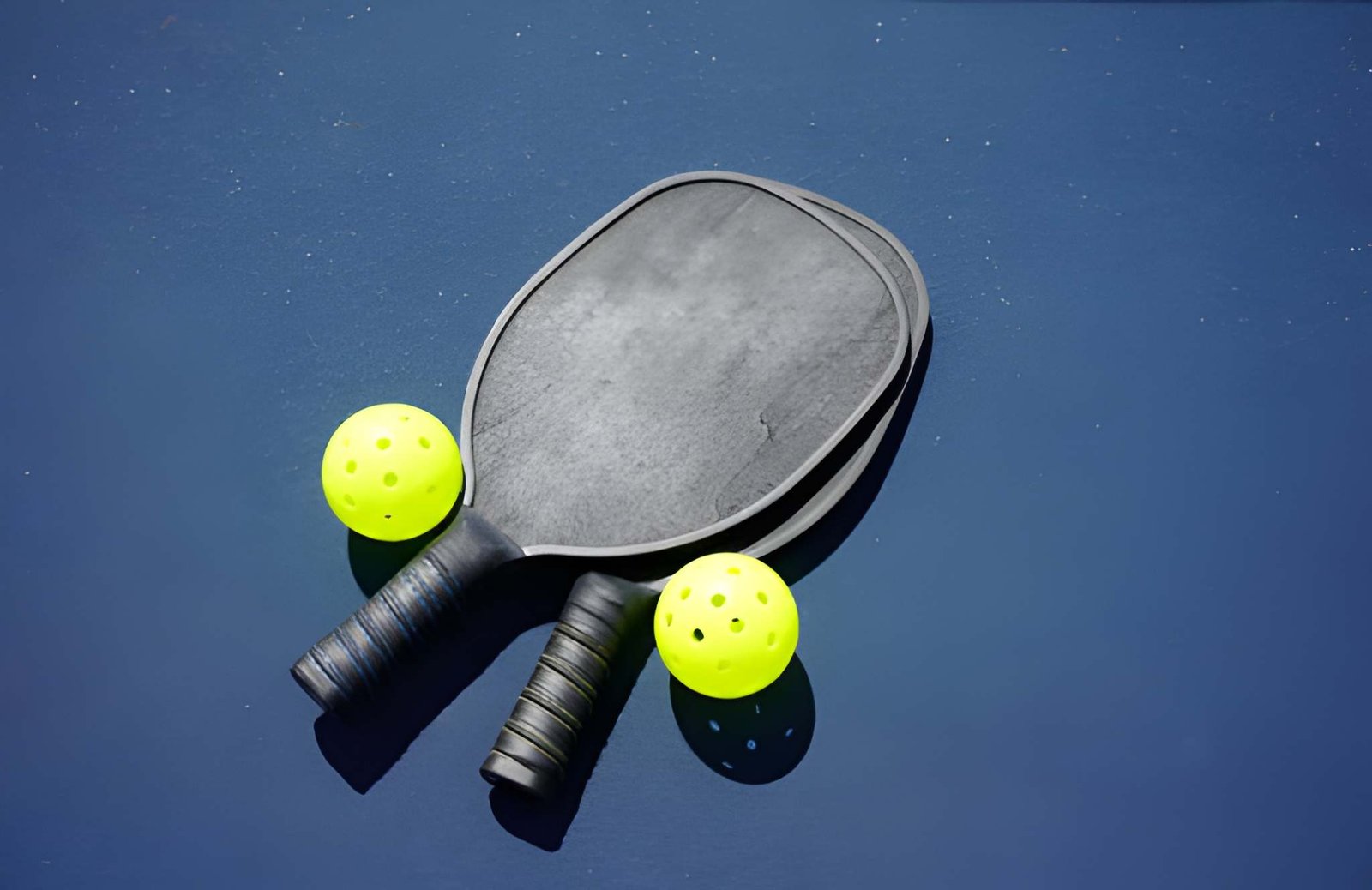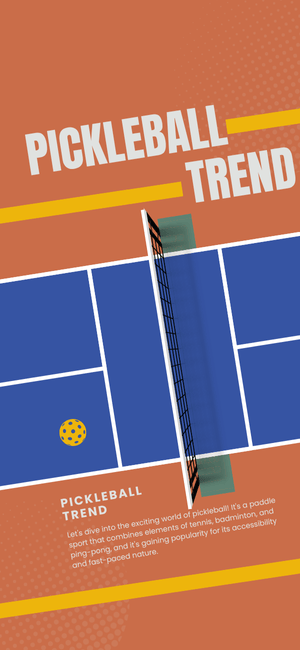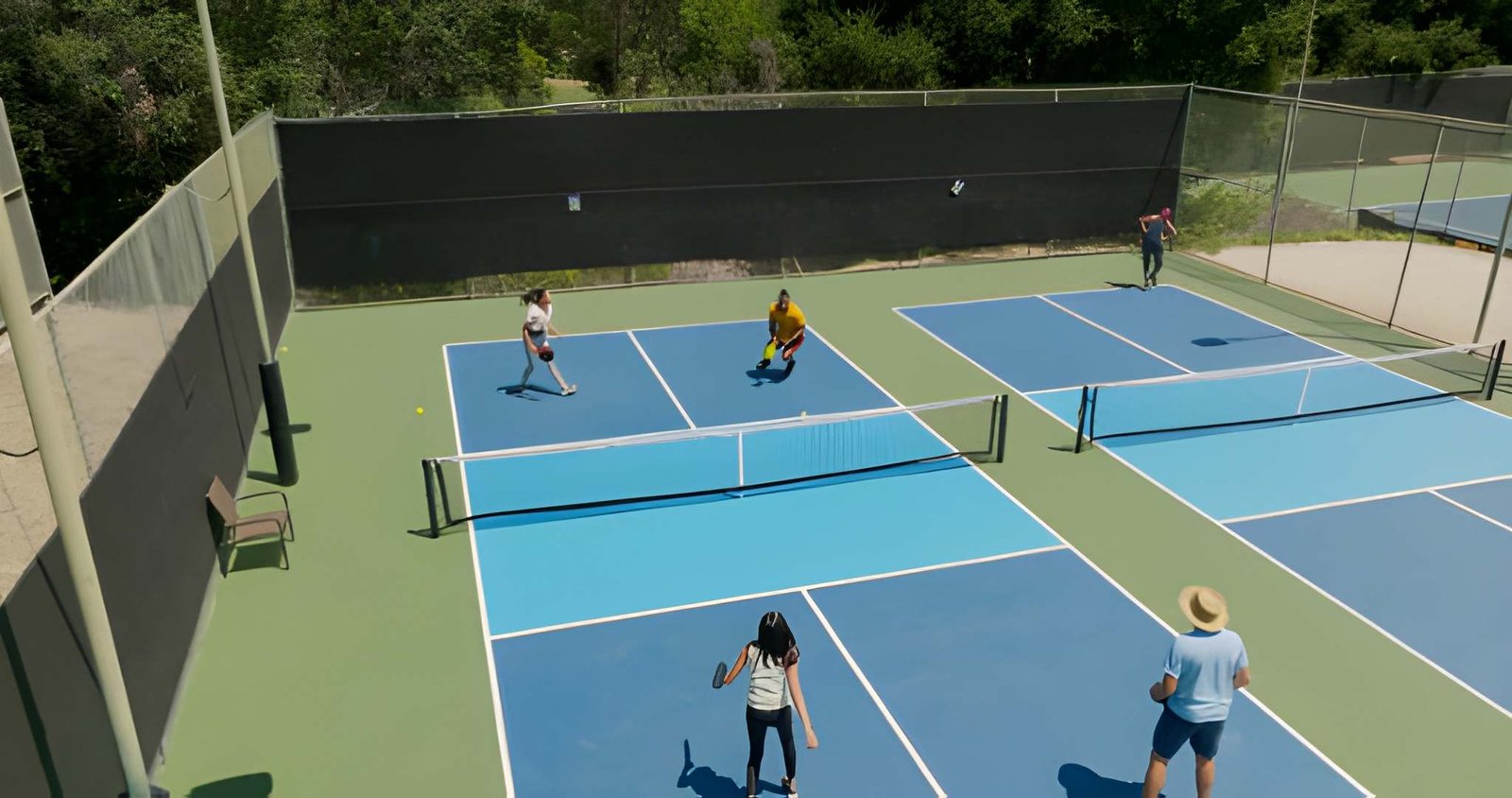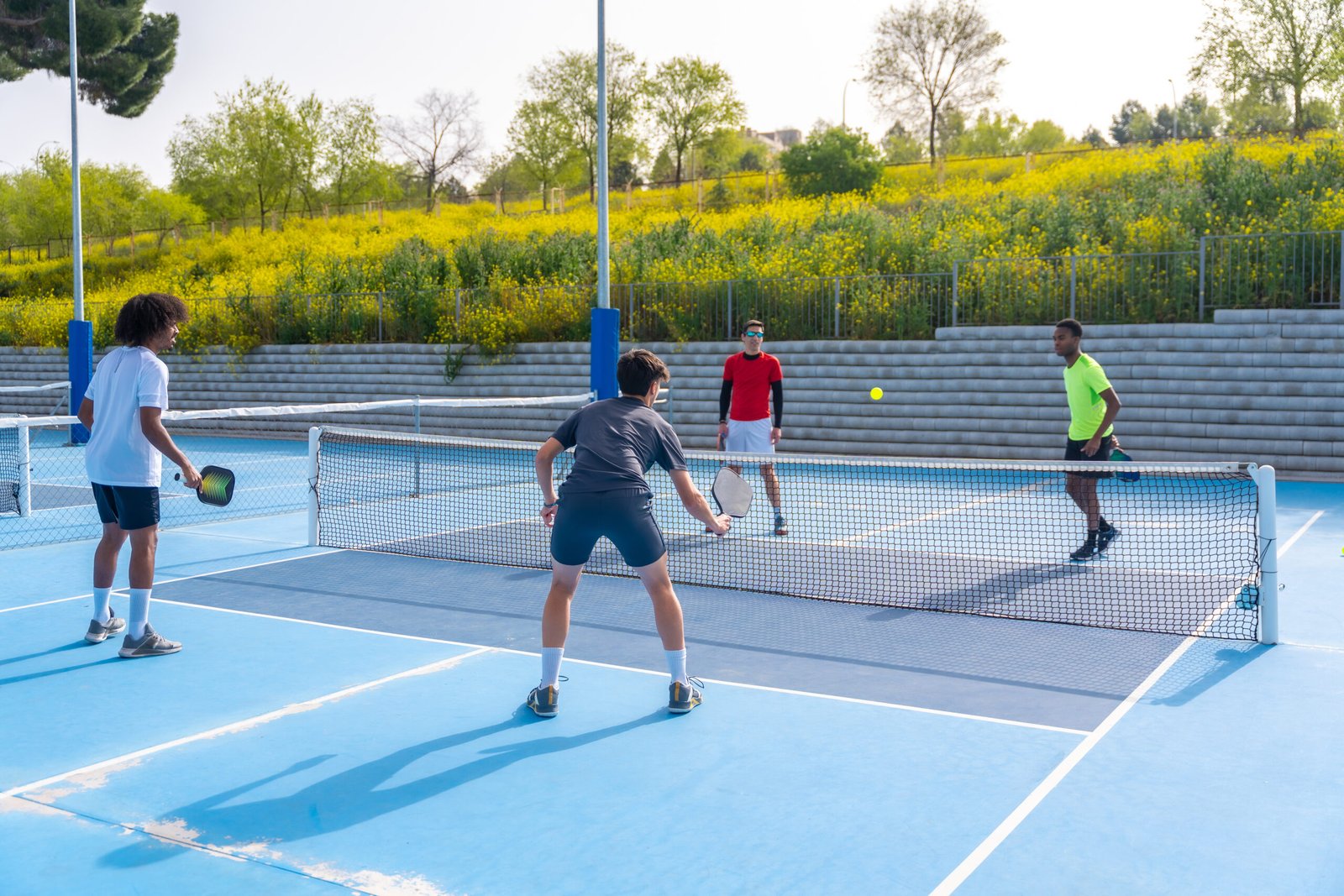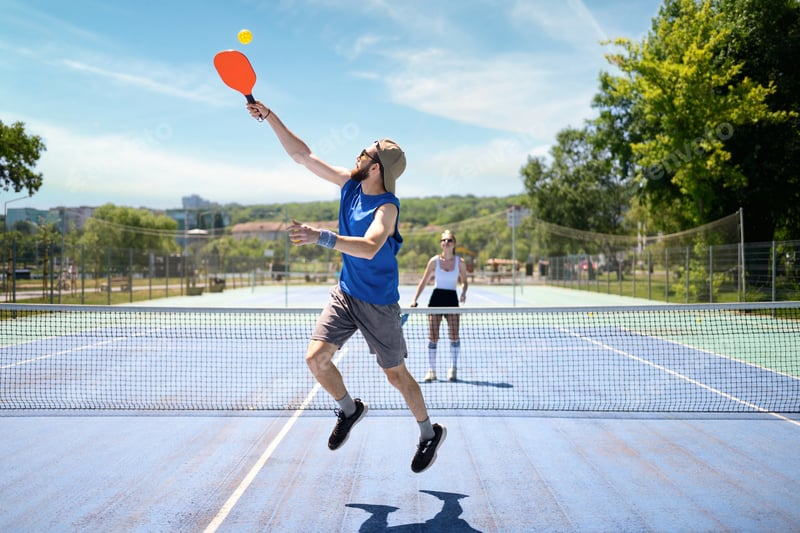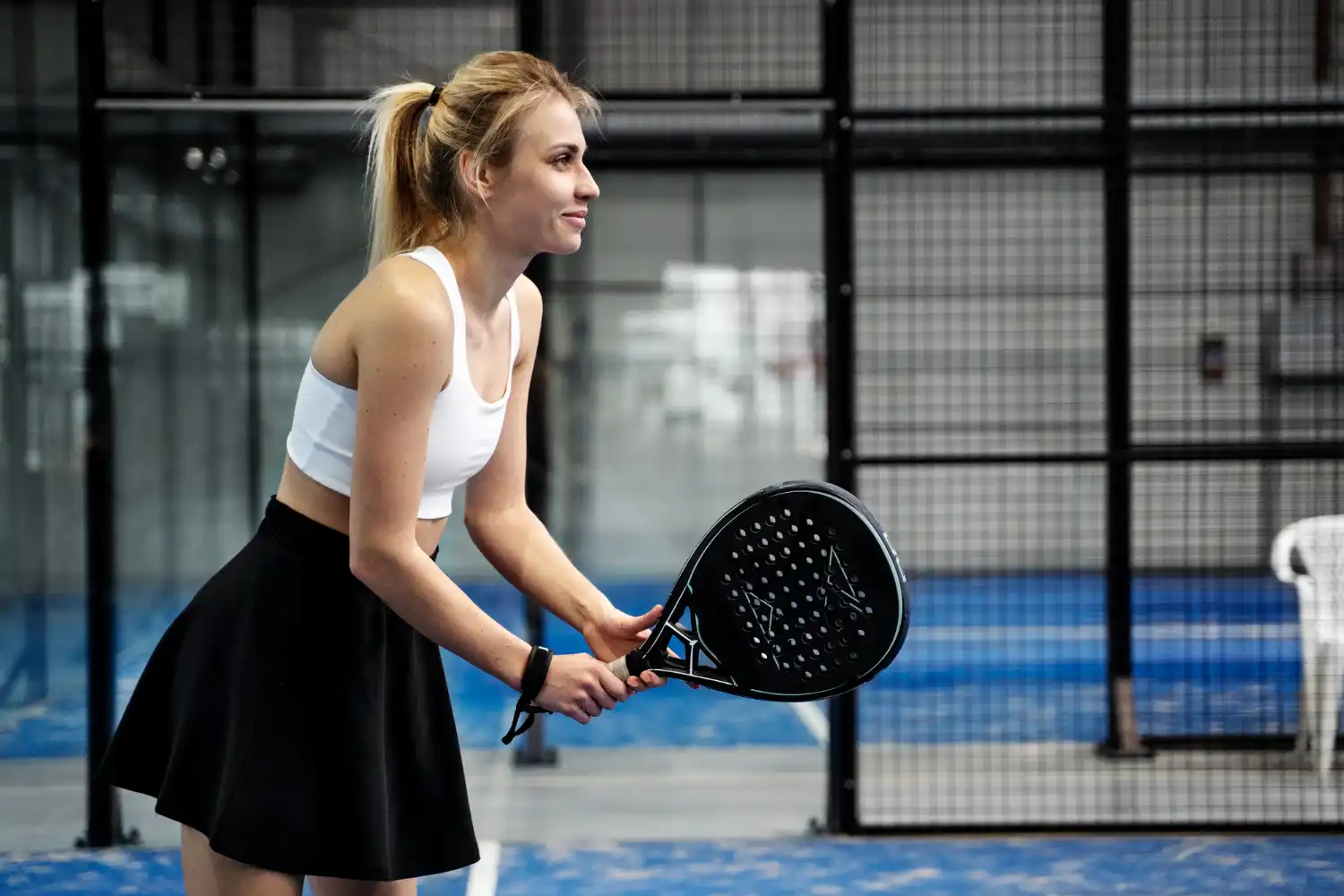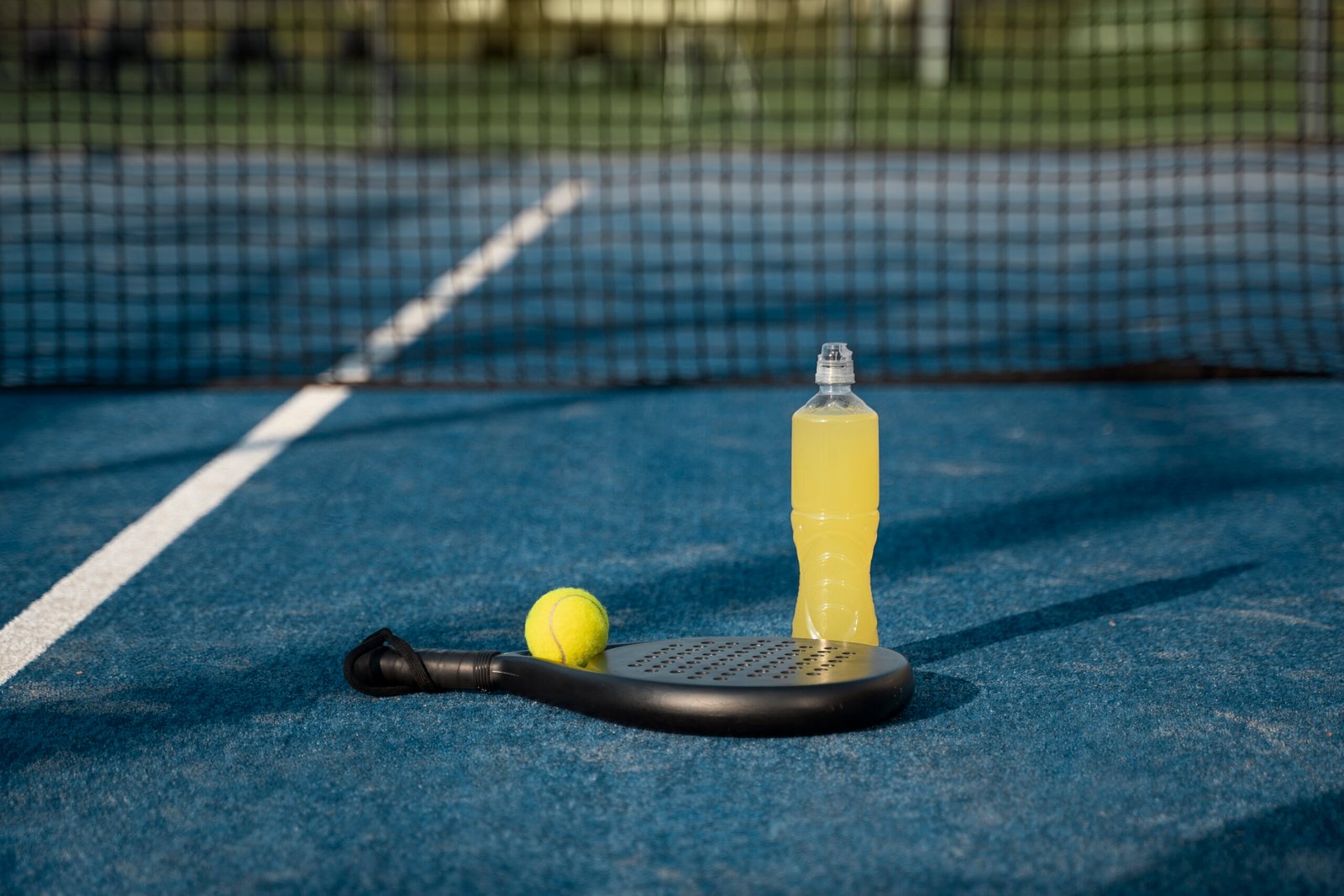When it comes to improving control, speed, and overall performance on the court, choosing the right paddle is everything. Among the many options available today, pickleball paddles have rapidly become the go-to choice for players who want quick reactions, precision, and reduced arm fatigue. Whether you’re brand new to the game or leveling up to more competitive play, the right lightweight paddle can dramatically elevate your experience.
In this guide, we take a deep dive into why lightweight pickleball paddles are so popular, what to look for when choosing one, and the best models worth considering including standout favorites like the HEAD Radical Paddle and top-rated Carbon Fiber Paddle options. Get ready to find the perfect match for your playing style.
Why Choose Pickleball Paddles Lightweight Players Prefer?
Lightweight paddles generally fall in the 7.0–8.0 oz range and offer a wide range of benefits that appeal to players of all experience levels.
1. Faster Reaction Time
If you’re playing fast at the kitchen line or engaged in rapid-fire dinking exchanges, lightweight paddles help you respond quicker. With less mass to move, your wrist and forearm can make micro-adjustments faster, making a big difference during competitive rallies.
2. Reduced Fatigue and Strain
Heavier paddles provide brute power, but they can strain the shoulder, elbow, and wrist—especially during long matches. Many players with tennis elbow or wrist sensitivity deliberately switch to lightweight paddles for a gentler playing experience.
3. Enhanced Control
Lightweight paddles give you greater touch and finesse, which matters when you rely on spin, placement, and tactical gameplay. Players focused on strategy rather than aggressive slams appreciate the smooth, precise feel.
4. Better Maneuverability for All Skill Levels
Whether you’re a beginner aiming to improve or an advanced player chasing tournament gold, maneuverability equals confidence. A lightweight paddle makes it easier to adjust grip, switch positions, and move around the court fluidly.
Key Features to Look for in Lightweight Pickleball Paddles
Not all lightweight paddles are created equal. Understanding the materials and design elements will help ensure you choose a paddle that complements your playing style.
1. Paddle Material
The material determines feel, responsiveness, and durability.
- Graphite: Offers excellent touch and control; great for finesse players.
- Polymer Core: Most popular core, offering balanced control and quiet play.
- Carbon Fiber Paddle Options: Extremely strong and lightweight with peak responsiveness and top-tier spin potential. These are often considered premium picks.
The rise of the Carbon Fiber Paddle category means players get more power and spin without the extra weight.
2. Grip Size and Comfort
A proper grip improves control and reduces injury risk. Lightweight paddles already help with fatigue, but pairing them with the right grip makes gameplay more fluid and reduces slipping.
3. Weight Distribution
Some paddles are head-light for faster wrist action, while others are even-balanced for all-around performance. If you prefer speed at the net, head-light models are ideal.
4. Surface Texture
Textured surfaces help generate spin. Competitive players often pair lightweight designs with gritty, spin-friendly surfaces to maintain aggressive shots without sacrificing control.
5. Shape
- Standard Shape: Offers a balanced sweet spot and dependable performance.
- Elongated Shape: Provides added reach and spin potential, ideal for singles players.
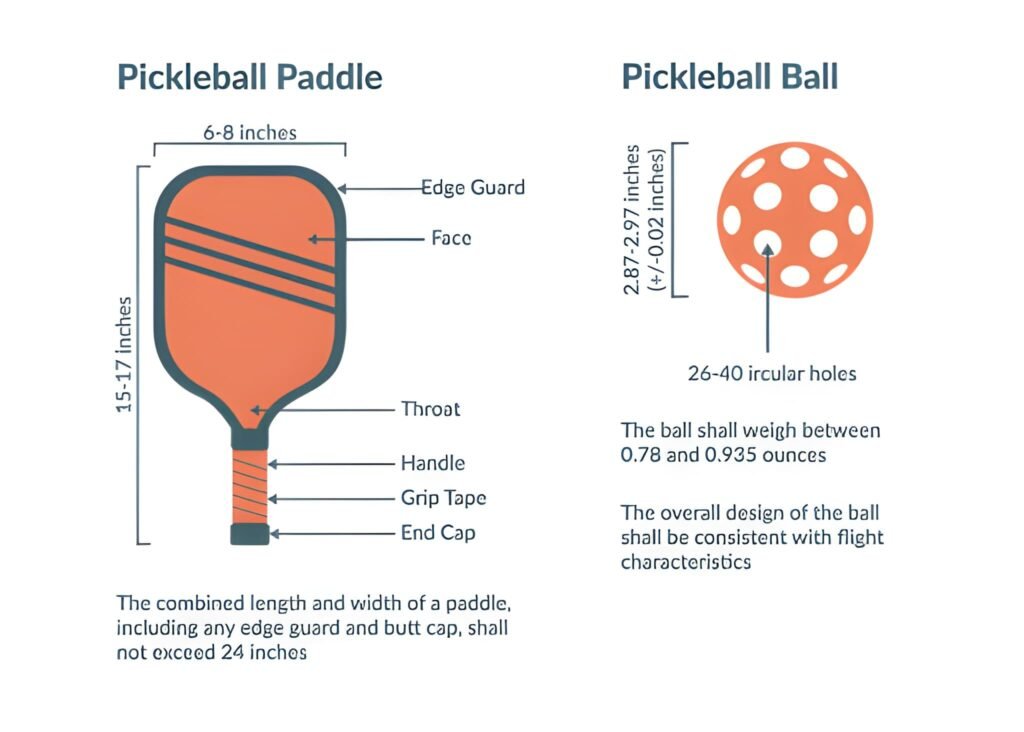
Best Pickleball Paddles Lightweight Players Should Consider in 2025
To help you narrow your choices, here are standout lightweight paddles worth exploring. Each one excels in performance, durability, and value.
1. HEAD Radical Paddle
Best for: Versatility, control, and comfort
The HEAD Radical Paddle consistently ranks among the most reliable all-around paddles, especially for those seeking a lightweight build with exceptional handling. Known for its graphite + polymer honeycomb core, this paddle strikes the perfect balance between touch and power. It’s incredibly maneuverable without compromising stability.
Key Benefits:
- Lightweight profile for quick net play
- Excellent touch and control for dinking
- Ideal for beginners and intermediate players
- Vibrant, recognizable design
- Comfortable grip suitable for long matches
For players who want something dependable and ergonomic, the HEAD Radical Paddle delivers exceptional performance at a great value.
2. Lightweight Carbon Fiber Paddle (Various Brands)
Best for: Competitive players who want spin and power with minimal weight
The Carbon Fiber Paddle category has exploded in popularity and for good reason. Carbon fiber provides an unmatched combination of stiffness, strength, and lightweight construction, making these paddles top-tier for both control and power.
What makes carbon fiber lightweight paddles special?
- Superior ball feedback
- Outstanding spin potential
- Ultra-strong surface that resists wear
- Excellent for aggressive players who still want fast hand speed
Whether you are a seasoned competitor or an improving intermediate, a Carbon Fiber Paddle offers a premium feel that truly elevates your game.
3. Graphite-Faced Lightweight Paddles
Best for: Players who love control and finesse
Graphite paddles continue to be a favorite for finesse players. Their responsiveness and stability at low weights make them perfect for those who love tactical play.
Advantages:
- Unbeatable control for soft touches
- Very lightweight, reducing arm fatigue
- Great for doubles and placement-oriented strategies
Many brands offer lightweight graphite options perfect for entry-to-mid level players who value precision over raw force.
Lightweight vs. Midweight Pickleball Paddles: Which Should You Choose?
If you’re uncertain whether lightweight is right for you, here’s a breakdown to help guide your decision.
Choose Lightweight If:
- You prioritize quick reactions and hand speed
- You have or want to avoid elbow/shoulder strain
- You play a finesse-based game
- You spend time at the net in fast exchanges
Choose Midweight If:
- You want more strength behind hard drives
- You prefer a power-oriented play style
- You often play singles
- You don’t mind slightly more arm load
Most players, especially beginners start with lightweight paddles and gradually transition to midweight if they feel they need more power.
Tips for Getting the Most Out of Your Lightweight Paddle
1. Adjust Your Grip Pressure
Lightweight paddles respond best to relaxed grip pressure, which enhances touch and reduces vibration. This helps especially during soft game rallies.
2. Use Proper Footwork
Because lightweight paddles allow quick movements, pair them with intentional footwork to maintain balance and maximize precision.
3. Work on Soft Game Skills
Dinks, blocks, resets, and spin techniques shine when using a lightweight paddle.
4. Consider Overgrips
Adding a slightly cushioned overgrip can help stabilize your hand and absorb shock without significantly increasing paddle weight.
How to Maintain Your Lightweight Paddle
A well-maintained paddle lasts longer and performs better. Here’s how to keep it in top condition:
- Wipe the surface after every game
- Avoid leaving it in extreme temperatures
- Use a protective case when traveling
- Replace grips regularly
- Periodically check for edge guard or surface wear
Lightweight paddles tend to have thinner materials, so proper care ensures long-lasting playability.
Who Should Use Lightweight Pickleball Paddles?
These paddles are perfect for:
- Beginners seeking easy control
- Senior players who want to reduce joint strain
- Doubles players focused on net play
- Players recovering from arm injuries
- Advanced players who rely on spin, finesse, and placement
If your play style emphasizes strategy, speed, and precision, lightweight paddles are a no-brainer.
Final Thoughts: Why Lightweight Pickleball Paddles Are Worth It
Choosing the right pickleball paddle can feel overwhelming, but lightweight paddles continue to dominate for good reason. They provide effortless maneuverability, outstanding control, and reduced strain all essential for players of every level.
Models like the HEAD Radical Paddle and modern Carbon Fiber Paddle options make it easier than ever to find a paddle that matches your style without compromising quality. Whether you prefer finesse at the kitchen or quick reflex volleys, lightweight paddles help you stay agile, confident, and competitive.
If you’re ready to boost your performance and enjoy a more comfortable playing experience, exploring pickleball paddles lightweight options is the perfect place to start.
Frequently Asked Questions (FAQs)
1. Are lightweight pickleball paddles good for beginners?
Yes, they’re easier to control and reduce arm fatigue.
2. What weight is considered lightweight?
Typically 7.0–8.0 ounces.
3. Is a Carbon Fiber Paddle good for lightweight play?
Yes, carbon fiber is strong, light, and offers great spin.
4. Is the HEAD Radical Paddle lightweight?
Yes, many versions of the HEAD Radical Paddle are lightweight and easy to handle.
5. Are lightweight paddles better for tennis elbow?
Yes, they put less stress on the elbow and shoulder.
6. Do lightweight paddles have less power?
Slightly, but advanced materials like carbon fiber help maintain strong power.
7. Which shape is best for lightweight paddles?
Standard shapes for control; elongated for reach and spin.
8. How long does a lightweight paddle last?
About 6 months to 2 years, depending on use.
9. Are lightweight paddles good for doubles?
Yes, they’re ideal for fast net play and quick reactions.
10. What’s the best lightweight paddle material?
Carbon fiber, thanks to its durability and performance.

